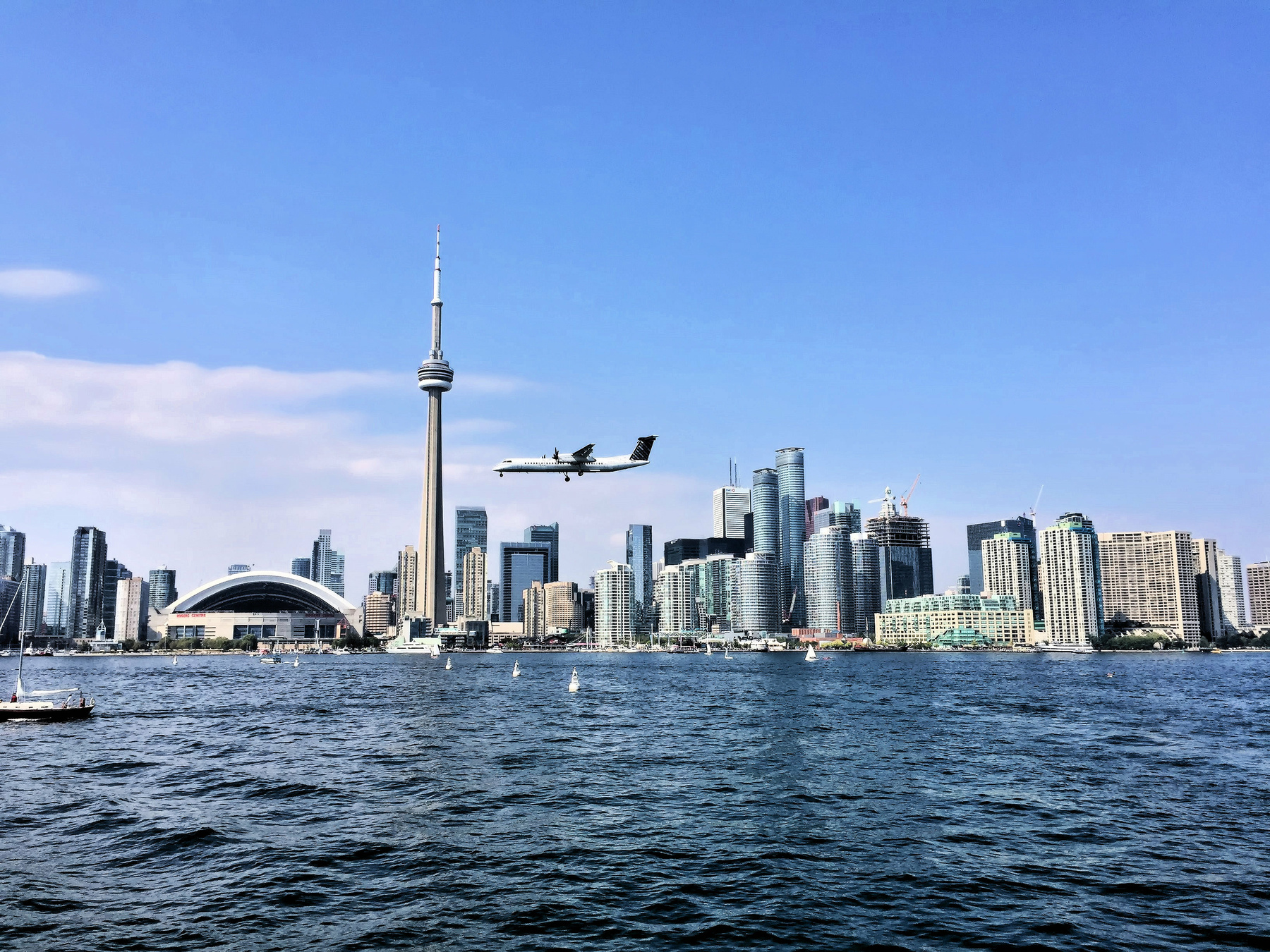
Airport Noise: Should you build or not build around an airport?
Canada will need about 3.5 million additional housing units by 2030 to restore affordability, according to the CMHC. Ontario has among the largest supply gaps of any province. To reach the target set by the Housing Affordability Task Force, Ontario must build 150,000 houses per year. That is a big target. Land use and restrictive zoning rules can make it difficult to build housing in particular areas, such as where aviation facility sound management is a concern due to high airport noise levels.
There is no single answer to solving the housing supply challenge, but creative solutions are needed. No one wants to see prime agricultural land lost, and developers are already exploring non-traditional locations, moving closer to industrial zones. While high demand makes urban expansion attractive, aviation facility sound management must be considered when looking at residential development near airports. Airports offer prime infrastructure, but noise presents a complex issue.
Airport Noise
Airport noise is measured via noise exposure forecast (NEF) contours. NEF predicts various levels of airport noise in surrounding areas. It accounts for runway direction, flight frequency, daily patterns, and other factors to estimate noise impact on neighboring communities. Effective aviation facility sound management ensures that noise exposure is assessed and mitigated for potential developments.

Ontario’s guidelines state that no residential development should occur beyond the NEF 30 line. Residential construction is permitted without restrictions at NEF 25 and below. For residences between NEF 25-30, noise studies can assess and implement mitigation measures such as upgraded roofs, thicker windows, and enhanced wall and door insulation.
As the demand for housing grows, the debate continues over whether building in areas above the airport noise limits should be considered. Airports prioritize their operations and future expansion, making aviation facility sound management essential for any potential residential developments near these zones.
Exploring Development Beyond NEF 30
Developers considering projects above NEF 30 should take the following into account:
- Noise impact studies: Developers must submit reports to municipalities and stakeholders, comparing noise levels to provincial standards and assessing livability.
- Existing residents: Some communities, such as subdivisions in Mississauga, already exist beyond NEF 30, demonstrating that development is possible with proper disclosures and mitigations.
- Accepting limitations: While outdoor spaces may exceed noise thresholds, indoor sound environments can be managed effectively through design enhancements.
- Perceived noise impact: The difference between a development at NEF 29 and one within NEF 30+ may be minimal, warranting further study.
- Zoning changes: Ontario has used ministerial zoning orders (MZO) to approve developments in high-noise areas, requiring construction upgrades beyond standard building codes.
Exceeding the NEF 30 contour comes with risks, but it could be a viable option for expanding housing opportunities. Aercoustics provides noise impact studies, monitoring, and investigations to help developers build responsibly in high-noise environments.
We can help determine airport noise levels and provide recommendations on how to mitigate it for development. We can also help you work with municipalities to understand the impact and if exceeding the current noise recommendations is a viable path.
